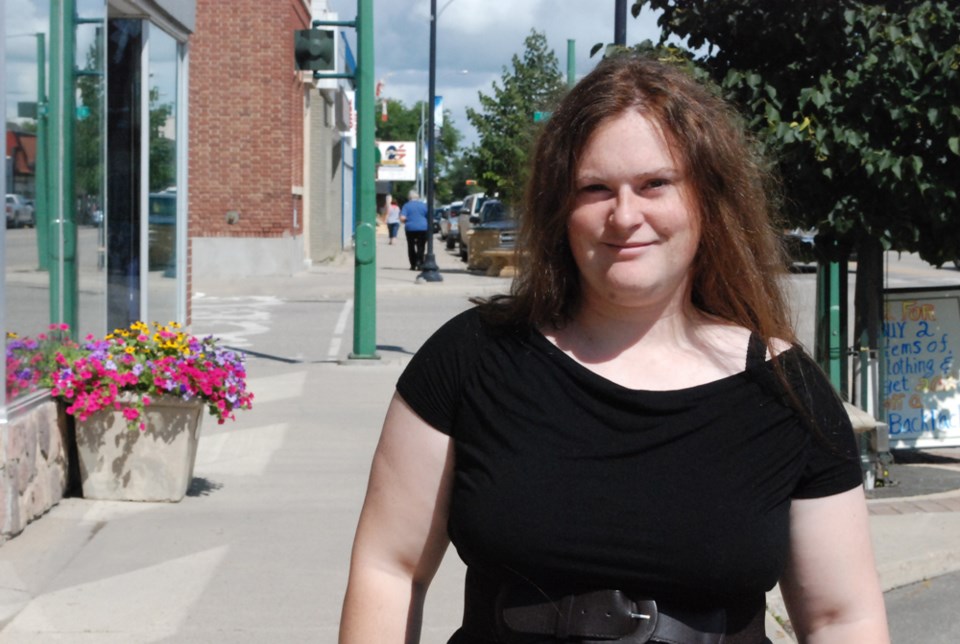You hear a lot of grumbling this time of year.
There was a number of Canadians angry by the governments “invasion of privacy” that is the long form census.
With the cancellation of the long form censes, Harper was flying blind since 2011 making policies with either out of date data or no data at all.
I filled out the short form census.
The government now knows that my husband and I live together and we both speak English.
What about our level employment?
Our access to health care?
Our level of physical activity?
How much we use our vehicle?
All this data could tell all levels of government everything from the environmental impacts of our lifestyle to how far we have to drive to get emergency surgery.
In my line of work, I say bring on the long form census.
Municipal, provincial, and federal politicians, policy makers, health care service providers, journalists make a lot of claims about what they are seeing by way of social justice issues and needed funding for social programs.
One question thrown at me the other day was, why does the government need to know whether I am living with someone of the same sex or opposite sex?
It was an honest question and I gave her an honest response.
That data can better inform the policies that are going to come out of all levels of government in the next four years.
Let us use that as a single example of what the long form census does.
First off, what information does this give the government about people living with a same sex or opposite sex partner.
The most obvious fact gained from that is percentage of people who are either hetero and non-heterosexual within a specific area.
From there, the list of questions grow as they look at age, region, and family composition.
Let us take one person who is in their 20s, living with a same sex partner, has two kids, and lives in a rural area.
Policy makers can look at that data and ask important questions.
What support is there for that family in their region? Do they encounter homophobia in their area? What other portion of the population make up same-sex families in that area? Is there a shift from rural to urban or urban to rural for same-sex families?
These are just the questions I could think up in 10 minutes. Imagine policy makers taking a week to look at all that data to make a decision on a certain policy.
What policies could come from these questions?
If support is not provided within a rural area, what about travel credit for same-sex families who need support from urban areas?
What about policies on bullying awareness in their school division?
What about funding for social programing in their area?
What about looking at the entire population?
What about something as simple as looking at age composition for each region?
Let us say there is a region where the majority of the population was over 65. What does that region look like for seniors care? Is that region equipped with proper medical equipment? Is there enough housing specifically for seniors.
Let us divide the entire population into male and female categories? Is there enough health care for women? How many people need daycare services? Are they working in a place that has daycare services? What about the number of prostate checks going on for males? Is a sufficient number of men getting checked for prostate cancer?
The census is a wealth of data that needs to be tapped.




